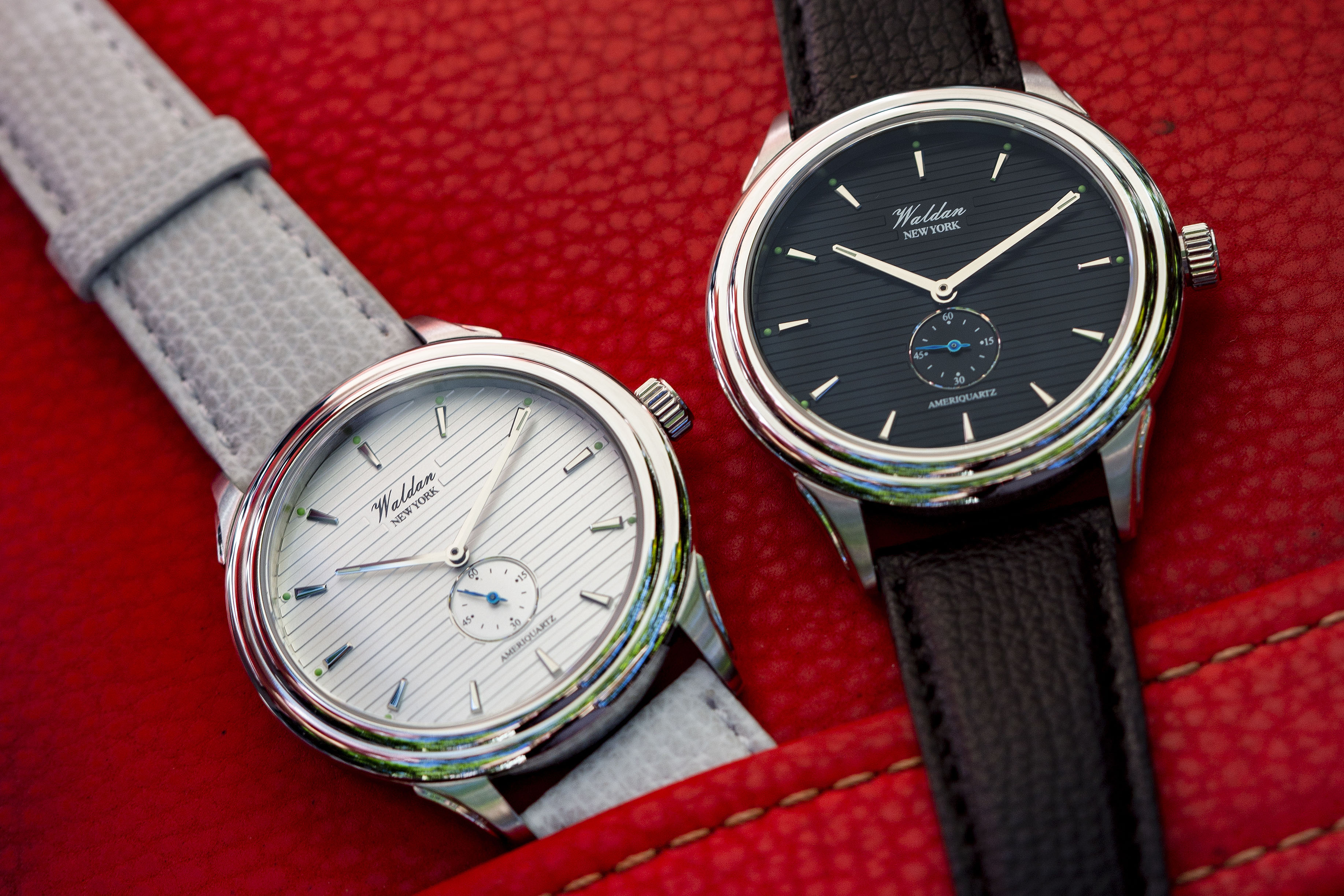
#Fine timepiece solutions manual#
Manual Movement: Often called hand-wound movement, the manual movement is the oldest type of watch movement being made it dates back to the 16th century.Even though battery watches are inherently more accurate, almost all collectors and connoisseurs prefer manual or automatic as these movements represent the accumulation of almost 600 years of refinement, expertise, and craftsmanship. Mechanical watches are far more expensive than battery-powered watches because they are much more labor intensive to build. Quartz and auto-quartz have an electrical circuit and require a battery to run, but they may also have some mechanical parts. Manual and automatic movements are mechanical, which means they are both made up of only mechanical parts like gears and springs.


There are 4 types of movements: manual, automatic, quartz, and auto-quartz. The movement of a watch can be compared to a car engine without the engine, a car will not run.
#Fine timepiece solutions full#
Over the next decade, as more watches with silicon components exit the laboratory into the real world, watchmakers and their fans will finally start to understand the material’s full range of possibilities and problems.The part of the watch that makes the watch "move" or function. Only time will tell if silicon has a viable future in timepieces.

Forsey agrees: “These parts must be used as machined,” he said, “which works for an industrial approach, but excludes any hand-finishing - which is an integral part of high-end watchmaking.” “While our brass-and-steel steel movements will be repairable 100 years down the road, the silicium-based movements will be like the ’70s quartz movements: unrepairable.” Such pieces “not only cannot be redone, if you do not have the technology and exact plans, but as the technology will evolve, the parts made today will probably not be reproducible in the future. “As soon as you have silicium components, they necessitate high-tech wafer technology,” Mr. “Horology for 400 years has been made of steel and brass - not the most noble materials, but materials which allow the movements to be refurbished, repaired and serviced at any time in the future,” said Maximilian Büsser, the founder of the independent watch company MB&F, which does not use silicon - also known as silicium - in its watches.
#Fine timepiece solutions serial#
Although silicon pieces could be put into serial mass production, they are still relatively fragile and prone to breaking. Forsey, noting that “a mechanical watch has to perform 24 hours a day, 7 days a week, week in and week out.”Īlso the repair issue, when it does arise, opens up other potential problems. But silicon “still requires years of testing to confirm the full spectrum of its potential benefits,” said Mr. It sets the beating heart of the watch in motion, its oscillations determining and regulating the tempo of the movement. The balance spring is a vital element at the core of the watch. This is an area where it has been frequently used since its arrival on the watchmaking scene, and at least so far, it appears to have had no detrimental consequences for the watches that incorporate it.īut using it as a balance spring is something else altogether. There seems to be some consensus that the hardness of silicon makes it an ideal material for escapements, where it could reduce the number of times that a watch needs to be serviced. I believe it would be risky to see silicon as the ‘one cure for all problems,”’ Mr. “It’s important to know which innovations one wants to use, for which problems or challenges. “I think that you can call silicon surely ‘part of the future of watches’ - but for sure not the only one,” said Alexander Schmiedt, business director of Montblanc, which introduced its Nicolas Rieussec Chronograph, with a silicon escapement, in January. On the other hand, the perception of silicon as a cure-all for watch problems dismays some. It also offers opportunities for creativity when used, as it has been at Ulysse Nardin, in tandem with three-dimensional micromachining and molding processes that allow watchmakers to combine and integrate some components, reducing the need for tolerances and clearances. On one hand it seems an ideal replacement for some of the smaller parts needed to build a watch. Yet there is a lively debate in the watch world about when and where silicon should be used. It is resistant to magnetic fields the process of forming silicon parts is easier and less expensive that the manufacturing of traditional watch parts silicon components are lighter than their metal alternatives, less prone to deformation and more shock resistant and perhaps most important, silicon’s low friction coefficient removes the need for oil, which is the Achilles heel of watchmaking. There are several reasons why many in the watch industry are excited about silicon.


 0 kommentar(er)
0 kommentar(er)
